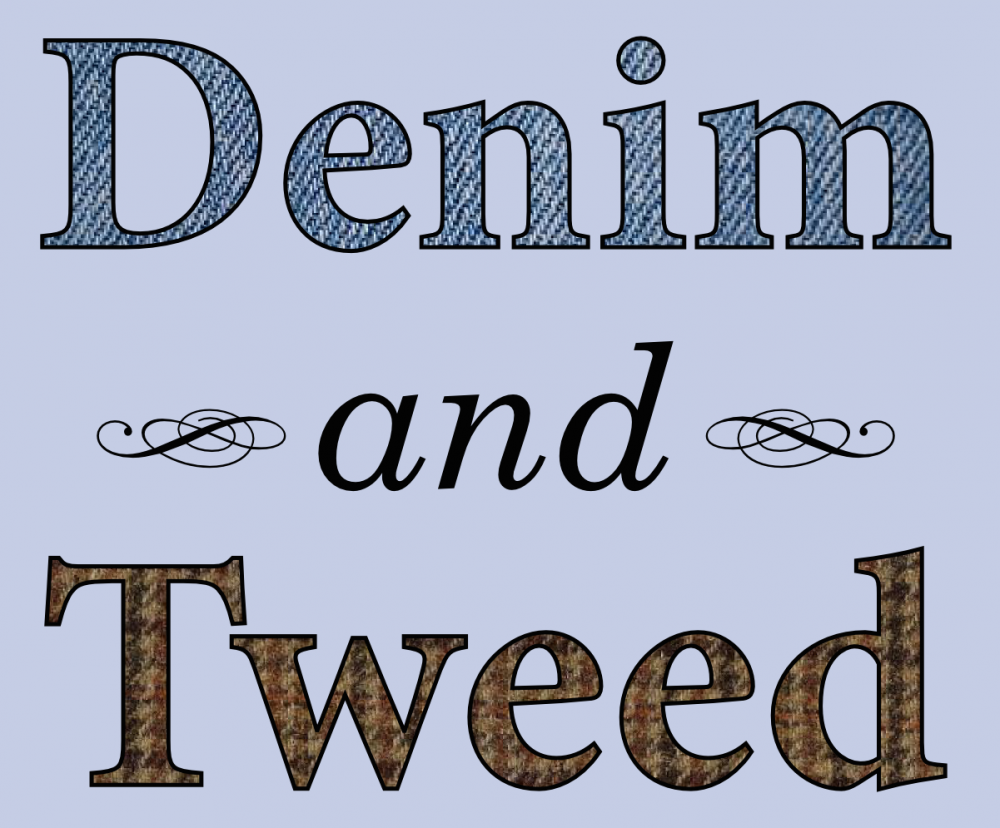 What? Photo by photograφ.
What? Photo by photograφ.Over at Nothing in Biology Makes Sense!, Sarah Hird describes a new study of what happens to the microbial community of the human penis when you make a … let’s say a certain change to its environment?
They begin by sampling the penile microbiota of 156 uncircumcised men. Approximately half of the men are then circumcised and all subjects are resampled after one year (presumably enough time that behavior is unaffected by the procedure).
Yeah, it’s maybe not surprising that circumcision would change what kinds of bacteria hang out in the region formerly covered by the foreskin. But apparently that change may contribute to the reduced rate of HIV transmission associated with circumcision. To find out how, go read the whole thing.◼









